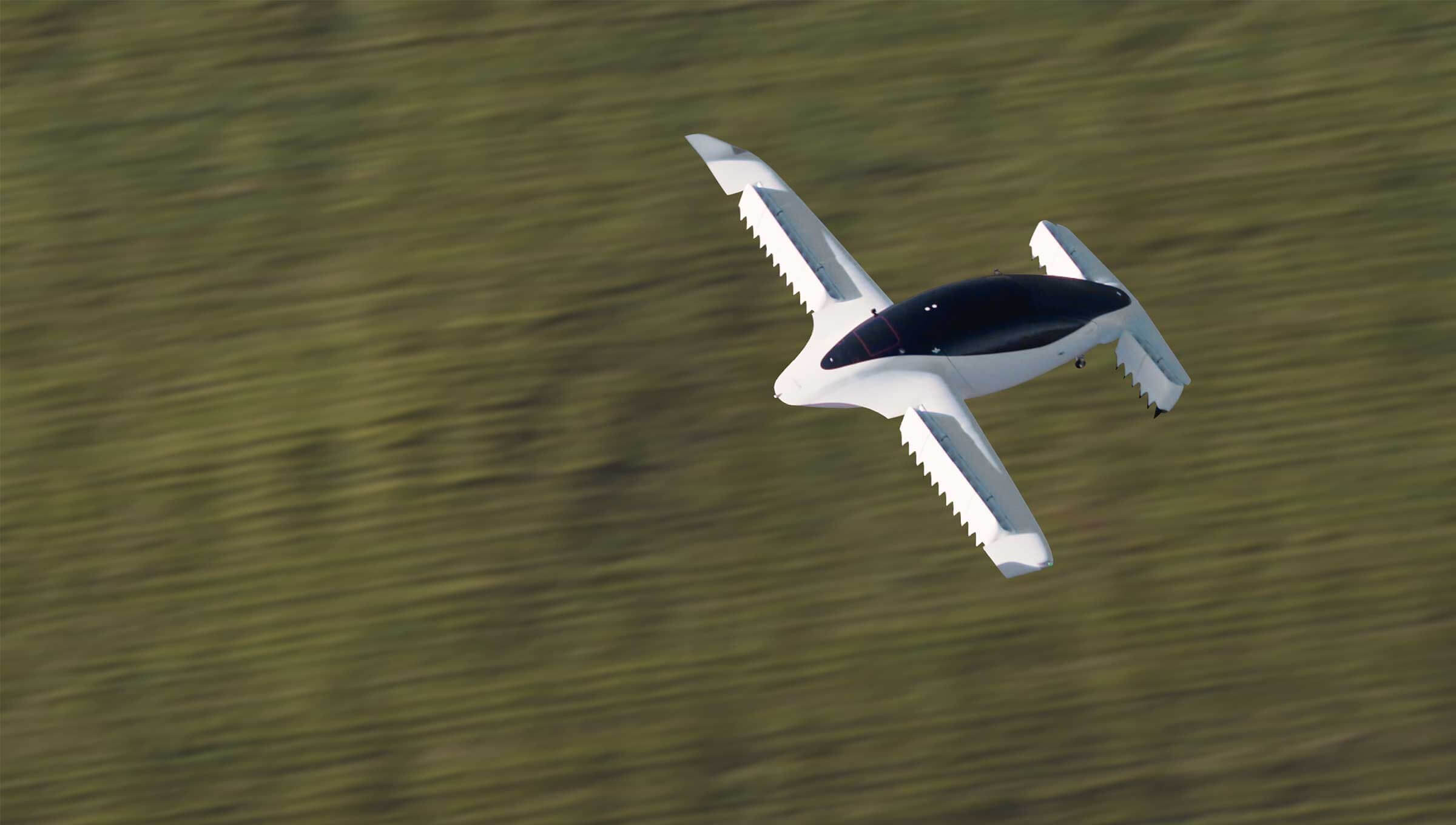In context: Munich-based startup Lilium has finished the first phase of testing on its new air taxi. Its first test flight was back in May, but it only took off and hovered for a few seconds before landing.

This time, Lilium's five-passenger, 36-jet electric prototype not only completed another vertical takeoff and landing but also transitioned to forward flight achieving an airspeed of 100 kilometers per hour. This run was the latest of over 100 tests Lilium has conducted so far.
The company posted a video of the craft taking off vertically, then transitioning to horizontal flight, and it looked pretty smooth. The company considers this a significant milestone, since going from a hover to forward flight is “one of aerospace’s greatest challenges.”
“The Lilium Jet continues to meet our expectations, delivering excellent in-flight performance and remarkably smooth transition from vertical to horizontal flight,” said Head of Flight Testing Leandro Bigarella. “That said, we take a relentless approach to improvement and, like any good testing program, we have had the chance to implement a number of refinements to the aircraft along the way. We are now moving into a critical stage of testing as we prepare for high-speed operations and eventual certification by the relevant authorities.”
When it is ready for service, Lilium says that the eVTOL will have a range of up to 300km on a single charge and a top speed of 300kph. Its projected speed and range (if it can be achieved) will put it far ahead of Kitty Hawk’s Heaviside flying vehicle, which has a range of about 161km at a maximum flight speed of 120kph. The Heaviside is also only a single-seater.
Additionally, Lilium announced that it had finished building its first 3,000-square-meter manufacturing facility in Munich. A second, larger plant is currently under construction on the same grounds. The installations are slated to produce hundreds of eVTOLs per year when they begin operating in 2025.
https://www.techspot.com/news/82444-lilium-all-electric-vtol-taxi-achieves-forward-flight.html